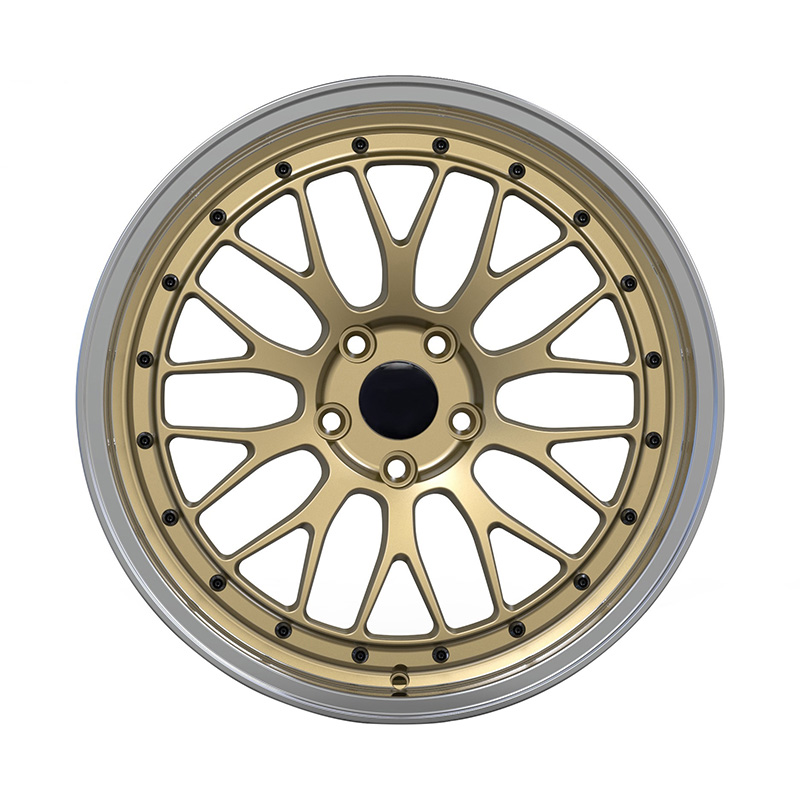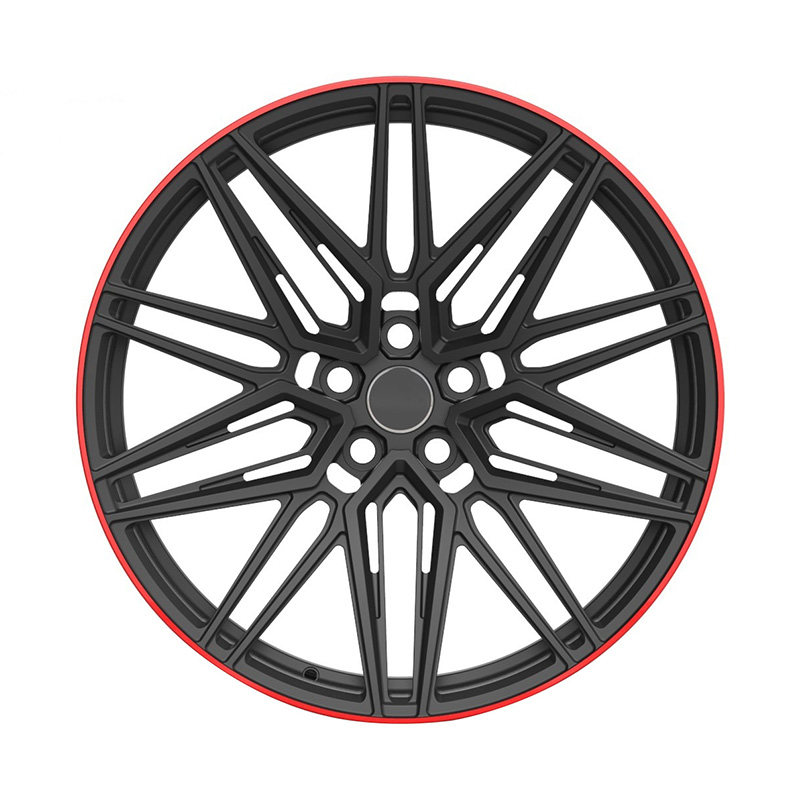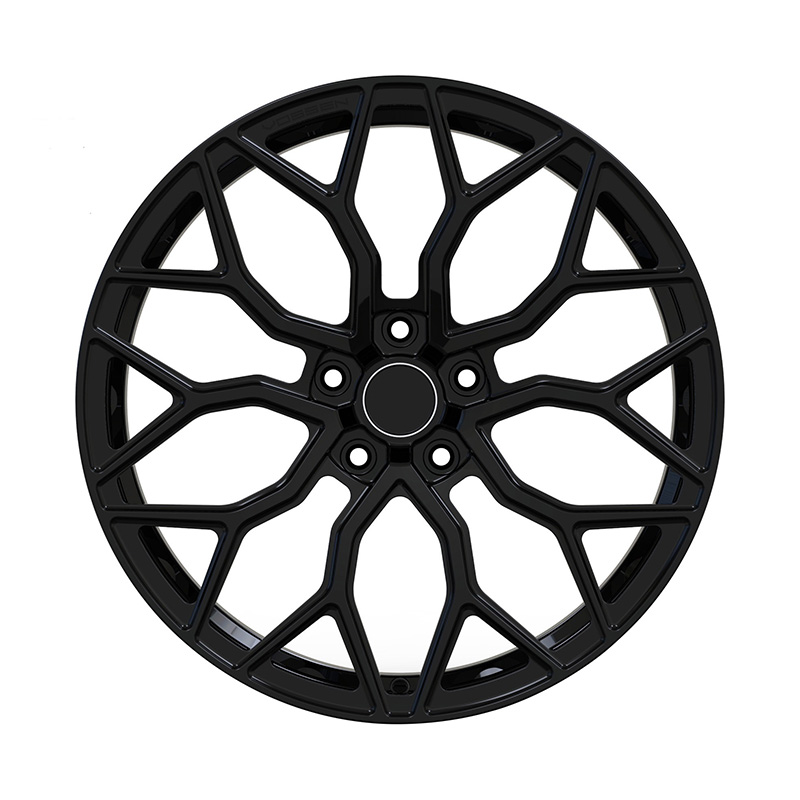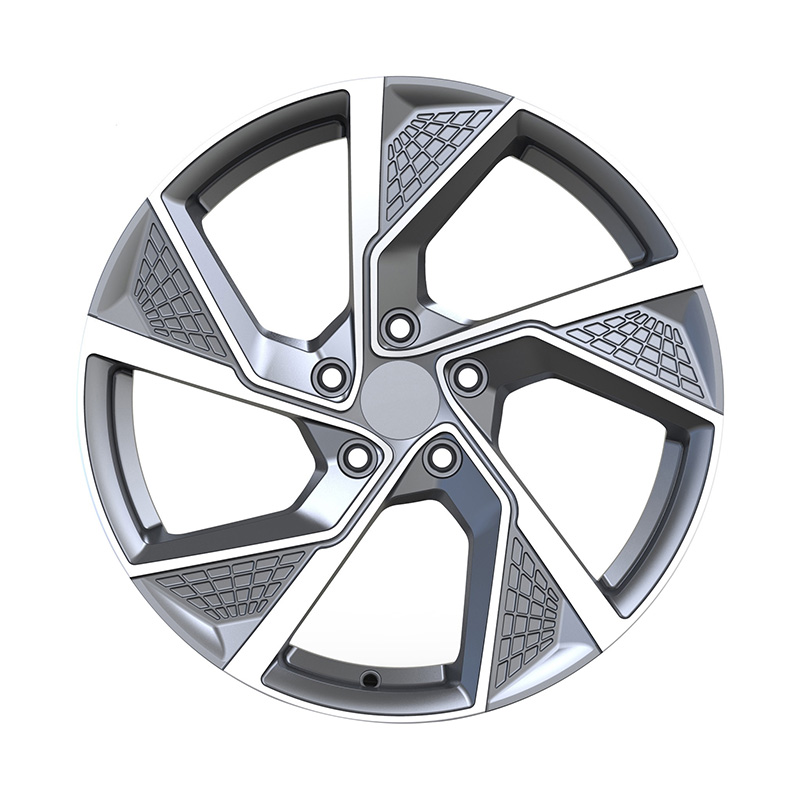
Submit
Submit feedback
What Are The Differences Between Car Wheel Modification Across Regions
2025-09-05
In different regions, the culture, climate, laws, and economic background have shaped unique approaches to wheel modification. By looking at wheel modifications from multiple angles, including cultural preference, performance demand, and practical considerations, we can understand why trends differ between regions such as Europe, North America, and Asia.
Cultural Influence on Wheel Modification
One of the significant drivers of wheel modification is culture. In North America, particularly the United States, wheels are often modified to reflect individuality. Larger rims, chrome finishes, and custom paint jobs are common, showcasing bold and expressive styles. For example, muscle car owners may favor deep-dish wheels that highlight power and aggressive stance.
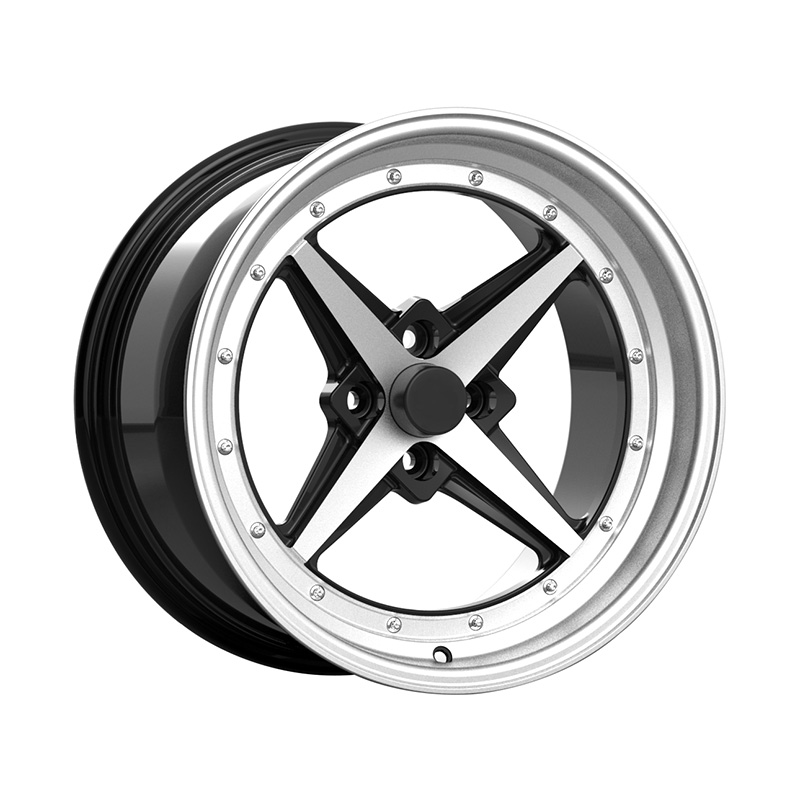
In Europe, subtlety and precision dominate. Many drivers prefer lightweight alloy wheels with clean, simple designs. German and Italian car enthusiasts often choose performance-oriented brands that not only look sleek but also contribute to high-speed stability. This reflects the European balance of form and function, especially in countries with autobahns and performance-driven car cultures.
Asia, on the other hand, presents a mix of influences. In Japan, the tuning culture emphasizes smaller, lightweight wheels for drift and street racing. Japan’s tight city roads make maneuverability and precision a priority. Meanwhile, in China, the growing middle-class market has created demand for stylish and affordable aftermarket wheels, blending both practical needs and fashion-forward designs.
Performance Considerations:Wheel Modification Affects Acceleration, Braking, and Handling
Larger wheels, while visually striking, can increase vehicle weight and reduce fuel efficiency. However, they often allow for larger brake systems, which enhance stopping power—a modification favored by performance drivers in the U.S.
Europe tends to prioritize lightweight alloys, which reduce unsprung mass and improve handling. Racing-inspired designs are popular, as they bring tangible benefits in responsiveness and speed. In contrast, Asian markets balance cost and function, with many consumers opting for mid-range alloys that enhance performance without excessively raising the budget.
The table below highlights how wheel parameters are typically modified in different regions:
|
Region |
Common Wheel Size |
Popular Material |
Style Preference |
Performance Focus |
Price Range (Approx.) |
|
North America |
18" – 24" |
Alloy, Chrome |
Bold, flashy, custom |
Larger brakes, show presence |
Medium–High |
|
Europe |
16" – 20" |
Lightweight Alloy |
Minimalist, precise |
Handling, high-speed stability |
High |
|
Asia (Japan) |
15" – 18" |
Alloy |
Compact, sporty |
Drift, agility, cornering |
Medium |
|
Asia (China) |
16" – 20" |
Alloy/Steel Mix |
Fashionable, practical |
Style and affordability |
Low–Medium |
Wheel Materials: Advantages and Disadvantages
Another key aspect of wheel modification is material choice. Different materials not only affect the look of a car but also influence durability, performance, and cost.
MaterialAdvantagesDisadvantages
|
Region |
Common Wheel Size |
Popular Material |
Style Preference |
Performance Focus |
Price Range (Approx.) |
|
North America |
18" – 24" |
Alloy, Chrome |
Bold, flashy, custom |
Larger brakes, show presence |
Medium–High |
|
Europe |
16" – 20" |
Lightweight Alloy |
Minimalist, precise |
Handling, high-speed stability |
High |
|
Asia (Japan) |
15" – 18" |
Alloy |
Compact, sporty |
Drift, agility, cornering |
Medium |
|
Asia (China) |
16" – 20" |
Alloy/Steel Mix |
Fashionable, practical |
Style and affordability |
Low–Medium |
Legal and Safety Regulations Shape Wheel Modification Practices
In Europe, regulations are strict, and any wheel modification must meet certification standards such as TÜV approval in Germany. This ensures modifications do not compromise safety. In North America, regulations vary by state, with some allowing extreme sizes and others imposing restrictions. Asia shows even greater variation—Japan enforces rules for street-legal modifications, while China is gradually tightening regulations as the modification market grows.
The Future of Wheel Modification
As electric vehicles (EVs) become more common, the wheel modification market is expected to evolve. EVs require wheels optimized for aerodynamics and efficiency, which could influence trends globally. Additionally, the rise of 3D-printing technology and advanced alloys may allow for more customizable yet lightweight wheels, balancing performance, safety, and style.
Car wheel modification is far more than a cosmetic choice—it reflects cultural identity, performance demands, regulatory environments, and even climate. By examining wheel size, material, and regional context, we gain a fuller picture of how this vital car component continues to evolve across the world.
recommend products
-
Zhenlun Multi Spokes Split Monoblock Forged Wheels Bronze With Silver Lip Edge
-
Zhenlun Matt Black With Red Lip Monoblock Forged Wheels
-
Zhenlun Gloss Black Monoblock Forged Wheels Gloss Black For Sports Car
-
Zhenlun Monoblock Forged Wheels Lightgrey With Machined Face
-
Zhenlun Monoblock Forged Wheels Gloss Black Dense Multi Spoke

 0
0

